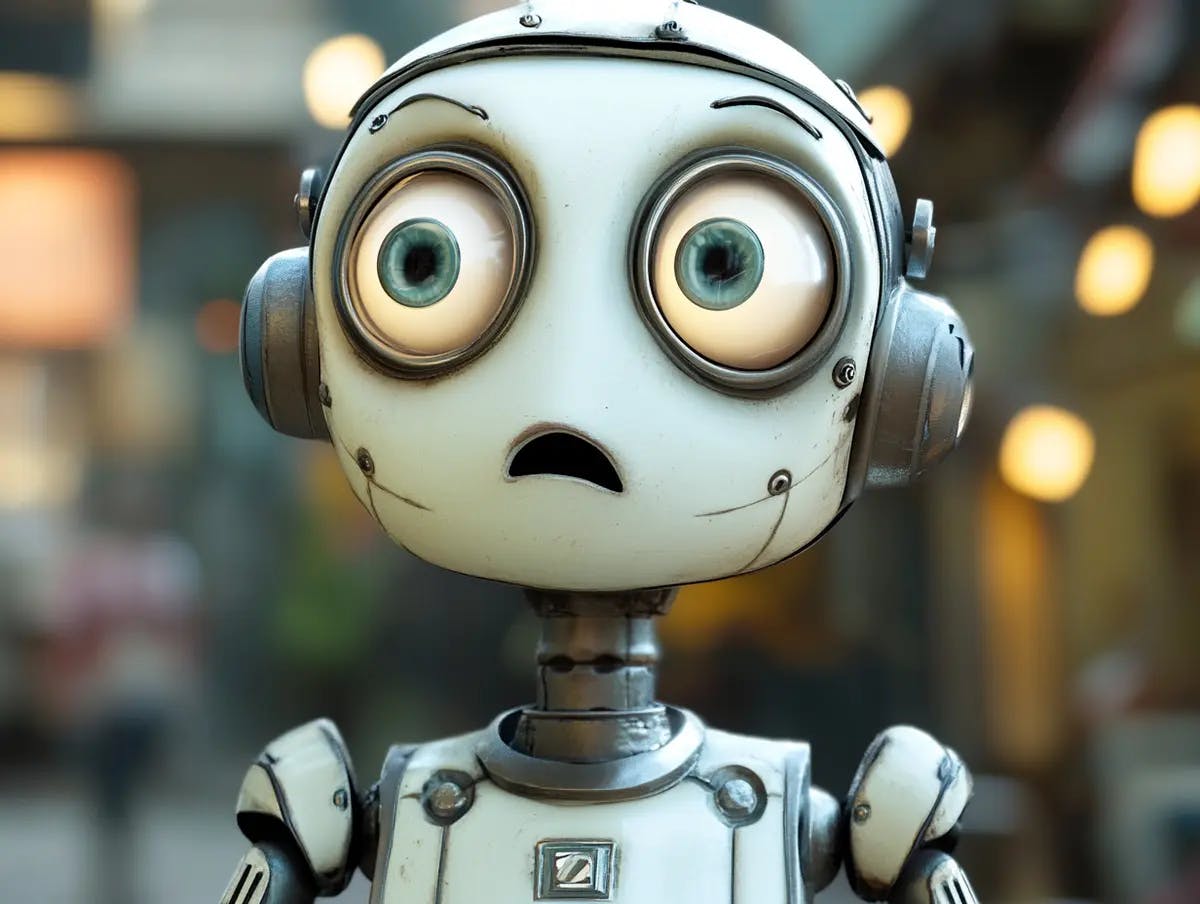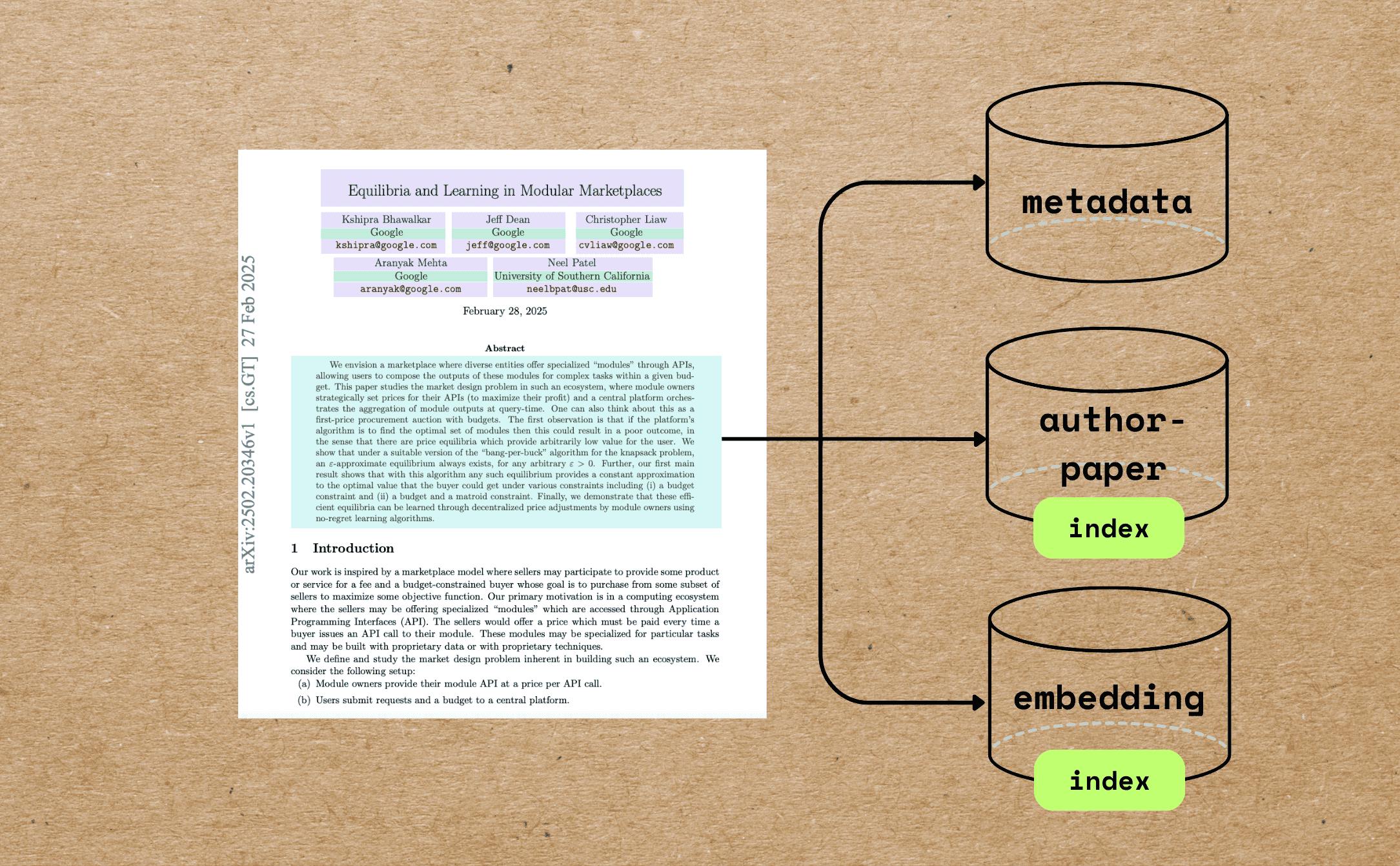The term “AI agent” seems to be everywhere lately. From tech news headlines to business strategy discussions, it’s rapidly becoming one of the most prominent terms in the artificial intelligence lexicon. Like many popular tech terms, however, its meaning can sometimes get diluted, leading to its use as a catch-all buzzword. So, what really constitutes an AI agent?
At its core, the defining characteristic of an AI agent is its ability to autonomously perform actions to achieve a goal. This means they don’t just process information or respond to direct commands; they interact with their environment (digital or physical), make decisions, and execute tasks with a degree of independence. Humans set the objectives, but the agent figures out the steps and takes them.
Defining AI Agents: Beyond Information Gathering
The key differentiator for an AI agent is its capacity for autonomous action. While many AI tools can process information, generate text, or answer questions, an AI agent goes further. It perceives its environment, whether that’s sensor data, user input, or information from the web or databases, and then uses that information to plan and execute actions. These actions could be digital, like sending emails, updating databases, executing trades, or triggering other processes, or physical, in the case of robots or self-driving cars.
Crucially, this action-oriented nature requires capabilities like reasoning, planning, and often learning or adaptation. The agent needs to understand its goal, figure out the necessary steps, potentially use various tools (like APIs or web searches), and carry out those steps, sometimes correcting its course along the way. This distinguishes agents from simpler AI tools or assistants that primarily respond to user prompts or require human decision-making at each step. Merely gathering and presenting information, however sophisticatedly, doesn’t meet this definition. The agent must do something based on that information, moving towards its objective without constant human intervention.
Examples of AI Agents
When defined by autonomous action, several types of AI systems qualify as agents:
- Autonomous Driving Systems: Self-driving cars are a prime example. They perceive their environment (roads, obstacles, traffic signals) using sensors, plan navigation paths, and take actions (steering, braking, accelerating) to reach a destination safely.
- Algorithmic Trading Bots: These agents analyze market data in real-time, make decisions based on predefined (or learned) strategies, and autonomously execute buy or sell orders.
- Smart Home Controllers (with Action): While some smart home devices merely report status, a true agent might autonomously adjust thermostat settings based on occupancy patterns it learns, or proactively lock doors at a certain time, taking action rather than just providing information or waiting for a command.
- Autonomous Workflow Tools: Platforms like Auto-GPT or specialized agents built with frameworks like CrewAI aim to take a high-level goal (e.g., “research competitors and summarize findings”) and break it down into subtasks, autonomously using tools like web browsers or APIs to gather information, analyze it, and compile a report. Replit Agent is another example that aims to build applications based on natural language prompts.
- Customer Service Agents (with Action Capability): While many chatbots only answer questions, more advanced agents can perform actions like processing refunds, changing passwords, or updating customer information in a CRM system, directly resolving issues instead of just providing instructions.
- Robotic Process Automation (RPA) enhanced with AI: Some advanced RPA systems incorporate AI agents that don’t just follow pre-programmed rules but can adapt to changes, make decisions within a process, and handle more complex, multi-step workflows autonomously.
Counterexamples: What Isn’t an AI Agent
Understanding what isn’t an AI agent (under this action-oriented definition) helps clarify the concept:
- Standard Chatbots (like early ChatGPT): While highly capable at processing language and generating human-like text, chatbots that primarily respond to user prompts without autonomously initiating tasks or interacting with external systems beyond information retrieval generally don’t qualify as agents. They react, but don’t typically act proactively towards a persistent goal without continuous prompting.
- Recommendation Engines: Systems that suggest products, movies, or news articles analyze data and make predictions, but they don’t autonomously act on those recommendations (e.g., purchasing the item for you). The action relies on the user.
- Basic Data Analysis Tools: AI tools that analyze datasets and present insights, dashboards, or reports are providing information, not autonomously taking action based on those insights.
- AI-powered Writing Assistants (e.g., Grammarly): These tools enhance a user’s actions (writing) by providing suggestions or corrections, but they don’t autonomously write documents or send emails on the user’s behalf based on a goal.
- Image Recognition Services: AI that identifies objects in images performs a sophisticated perception task but doesn’t inherently take autonomous action based on that recognition.
Conclusion
While “AI agent” is indeed a term enjoying significant buzz, understanding its core meaning – an AI tool capable of autonomous action towards a goal – is crucial. This ability to perceive, reason, plan, and act independently distinguishes true agents from many other valuable but less autonomous AI tools. As these technologies continue to evolve, recognizing this distinction will be key to understanding their capabilities and potential impact on various tasks and industries.










